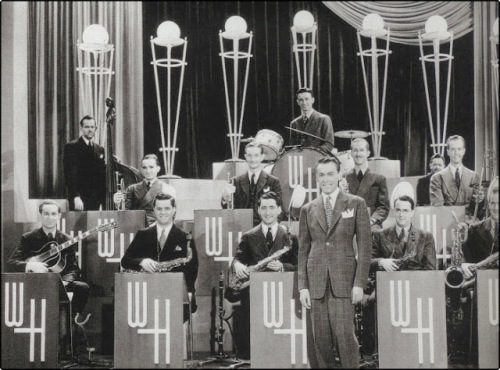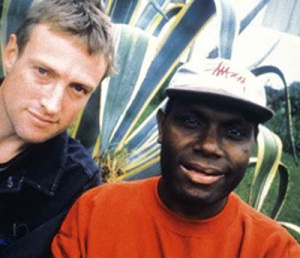Alternately stiff and pliable, the ballerina demonstrates that which is desired, while her partner embodies the forces that pursue, guide, and manipulate the desired object.
An understanding of the ballerina-as-phallus may allow her to reconfigure her power, so that she can sustain her charisma even as she begins to determine her own fate; it may also reclaim for ballet a sensual and even sexual potency.
This according to “The ballerina’s phallic pointe” by Susan Leigh Foster, an essay included in Corporealities: Dancing knowledge, culture, and power (London: Routledge, 1996 pp. 1–24). You can see her inimitable performance of the paper here.
Below, a day in the life of a ballerina.
Related article: Ballerinas and honeybees











